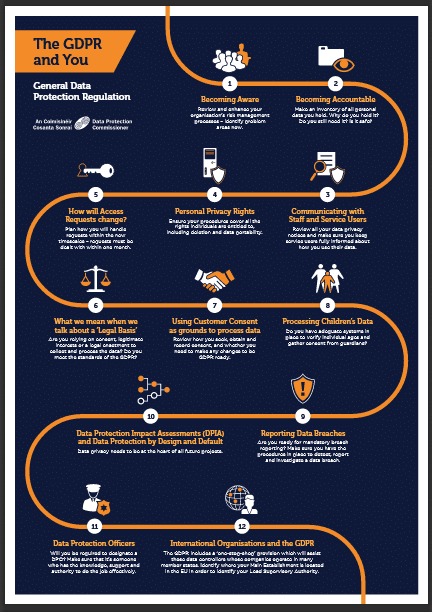Are your information assets enabling you to operate more cost-effectively or are they just drawing in more risks than you are actually aware of? Obviously, you now need to get a better picture of those assets to see if your IT investments are giving you the benefits you were expecting and to help you identify areas where improvements should be made.
The best way to get the answers to those questions is through technical and application assessments. In this post, we?ll identify 8 good reasons why it is now imperative to undertake such assessments.
1. Address known issues – Perhaps the most common reason that drives companies to undertake a technology/application assessment is to identify the causes of existing issues such as those related to data accessibility, hardware and software scalability, and performance.
2. Cut down liabilities and risks – Unless you know what and where the risks are, there is no way you can implement an appropriate risk mitigation strategy. A technology and application assessment will enable you to thoroughly test and examine your information systems to see where your business-critical areas and points of failure are and subsequently allow you to act on them.
3. Discover emerging risks – Some risks may not yet be as threatening as others. But it would certainly be reassuring to be aware if any exist. That way, you can either nip them in the bud or keep them monitored.
4. Comply with regulations – Regulations like SOX require you to establish adequate internal controls to achieve compliance. Other regulations call for the protection of personally identifiable information. Assessments will help you pinpoint processes that lack controls, identify data that need protection, and areas that don’t meet regulatory requirements. This will enable you to act accordingly and keep your company away from tedious, time-consuming and costly sanctions.
5. Enhance performance – Poor performance is not always caused by an ageing hardware or an overloaded infrastructure. Sometimes, the culprits are: unsuitable configuration settings, inappropriate security policies, or misplaced business logic. A well-executed assessment can provide enough information that would lead to a more cost-effective action plan and help you avoid an expensive but useless purchase.
6. Improve interoperability – Disparate technologies working completely separate from each other may be preventing you from realising the maximum potential of your entire IT ecosystem. If you can examine your IT systems, you may be able to discover ways to make them interoperate and in turn harness untapped capabilities of already existing assets.
7. Ensure alignment of IT with business goals – An important factor in achieving IT governance is the proper alignment of IT with business goals. IT processes need to be assessed regularly to ensure that this alignment continues to exist. If it does not, then necessary adjustments can be made.
8. Provide assurance to customers and investors – Escalating cases of data breaches and identity theft are making customers and investors more conscious with a company?s capability of preserving the confidentiality of sensitive information. By conducting regular assessments, you can show your customers and investors concrete steps for keeping sensitive information confidential.



